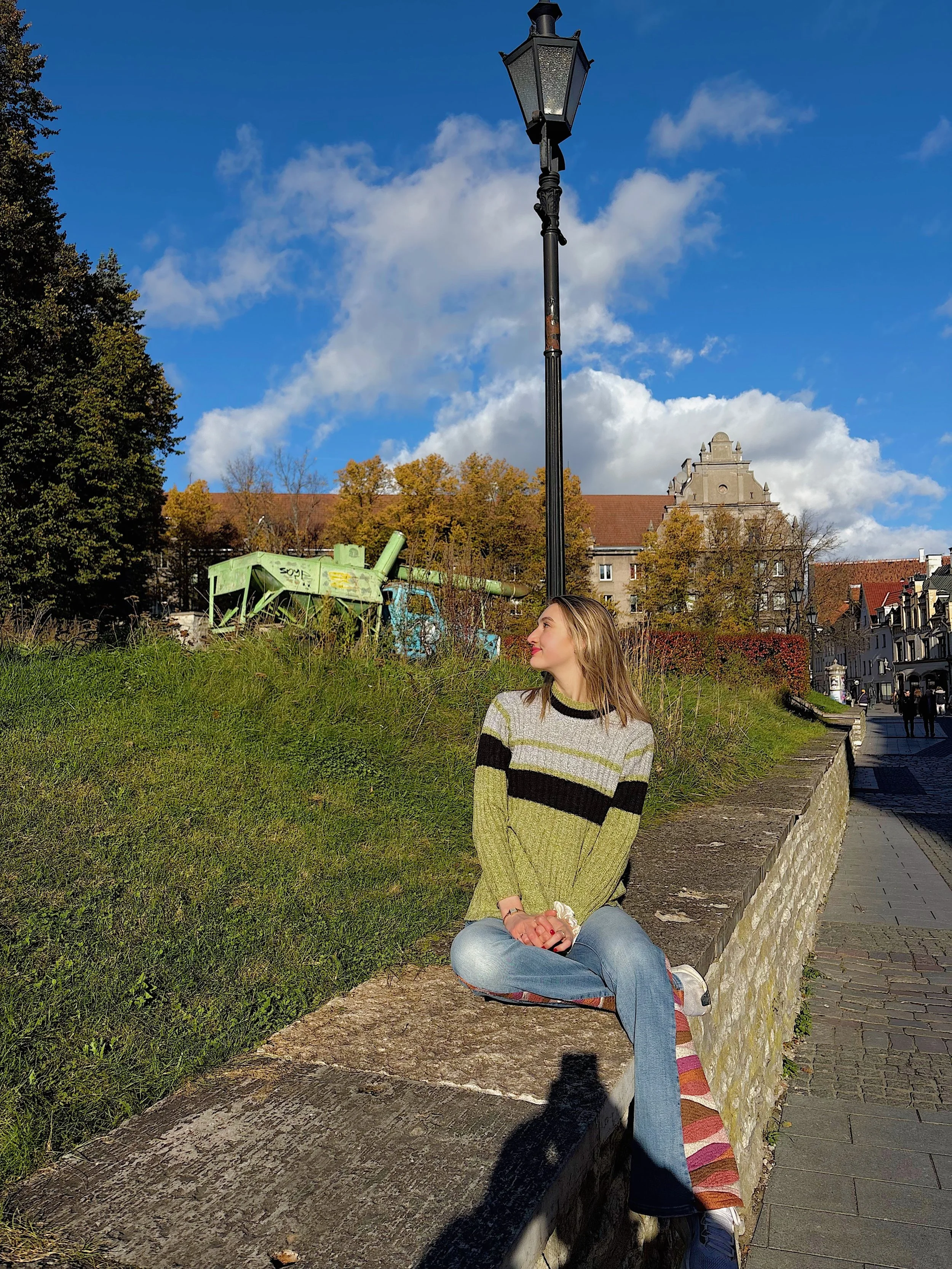Field Notes from Tallinn
Last weekend in Tallinn, I understood nothing and everything.
For centuries, empires tried to silence this small country. The one thing they couldn't take was language. Estonian doesn't descend from Latin or bend toward Slavic. It belongs to the Finno-Ugric family, completely separate from the Indo-European languages surrounding it. It traces back thousands of years to the Ural Mountains, shaped by wind and forest, refined through occupation and survival.
When Soviet tanks banned the flag and criminalized the mother tongue, Estonians didn't riot. They sang. Thousands gathered in fields and city squares, lifting forbidden hymns until the sound became unbearable to ignore. The Singing Revolution won with melody what violence never could.
Saturday night I sat in the Estonian National Opera and watched Cabaret unfold entirely in Estonian. I'd seen it before (in German, in English) but hearing it in Estonian, meaning traveled through tone and breath. I couldn't parse a word, yet I felt every line land.
Sunday brought something rarer: a concert at Kadriorg Palace, where Dutch Composer Johannes Nicolaas Helstone’s work premiered on Estonian soil for the first time. His direct descendants sat a few seats to my left. The music moved through that Baroque hall like a conversation across centuries, speaking what language abandons at its limits.
Estonian features vowel sounds that can be short, long, or overlong. Words like kõueöö (night thunderstorm) that string together vowels with almost no consonants, creating rhythms no other language holds. The language carves meaning through fourteen grammatical cases and vowel harmony, building sentences the way other tongues never learned.
In Tallinn, I learned that translation can fail, but sound never does. Some truths travel farther on breath than on grammar.
Kõik möödub, aga laul jääb.
Everything passes, but the song remains. 🇪🇪💙




